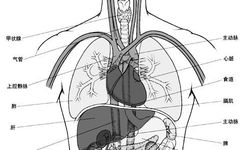The five zang and six fu refer to the various organs in the human body. “Zang” refers to solid organs, which include the heart (xin), liver (gan), spleen (pi), lungs (fei), and kidneys (shen). “Fu” refers to hollow organs, which include the small intestine (xiao chang), gallbladder (dan), stomach (wei), large intestine (da chang), and bladder (pang guang), each corresponding to one of the five zang. Additionally, the thoracic and abdominal cavities are divided into the upper jiao, middle jiao, and lower jiao, collectively referred to as the san jiao (three jiao), which is considered the sixth fu.Relationship Between Zang and FuThe zang and fu are interrelated, with each zang corresponding to a fu. The zang is associated with yin (inner) and the fu with yang (outer). The relationship between zang and fu is connected through the meridians, meaning that the meridians of the zang connect to the fu, and the meridians of the fu connect to the zang. They communicate through qi, influencing each other, thus allowing pathological changes in the zang to affect the fu and vice versa.The theory of zangxiang (organ representation) posits that the human body is an organic whole connected through the meridian system, linking the five zang and six fu, limbs, skin, muscles, and the seven orifices and two yin. Therefore, internal changes in the zang and fu can be reflected externally through the five senses and skin, allowing observation of external manifestations of disease to understand the location of the disease, differentiate the nature of the pathogenic factors, and grasp the deficiency or excess of zang qi.The heart (xin) is connected to the small intestine (xiao chang), its manifestation is on the face, its fullness is in the blood vessels, and it opens to the tongue;The liver (gan) is connected to the gallbladder (dan), its manifestation is in the nails, its fullness is in the tendons, and it opens to the eyes;The spleen (pi) is connected to the stomach (wei), its manifestation is in the lips, its fullness is in the muscles, and it opens to the mouth;The lungs (fei) are connected to the large intestine (da chang), their manifestation is in the hair, their fullness is in the skin, and they open to the nose;The kidneys (shen) are connected to the bladder (pang guang), their manifestation is in the hair, their fullness is in the bones, and they open to the ears and the two yin.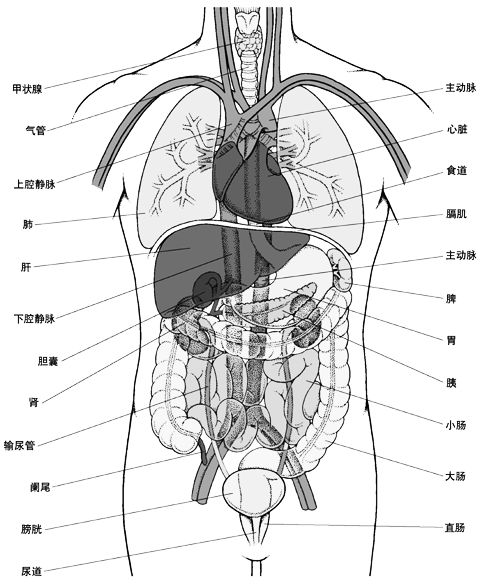 2. Distribution Map of Abdominal Organs (Frontal View)
2. Distribution Map of Abdominal Organs (Frontal View)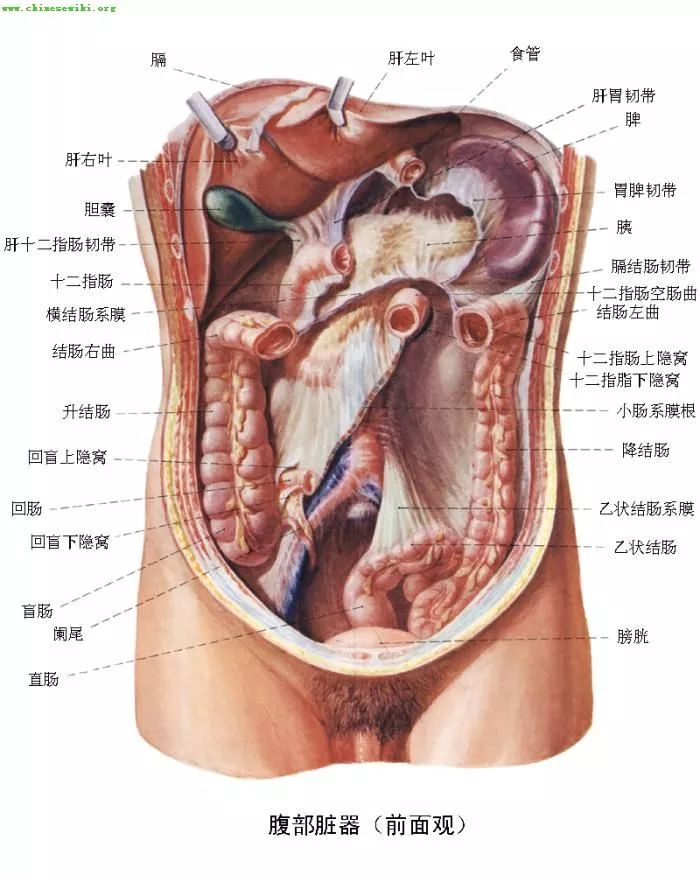 3. Abdominal Omentum
3. Abdominal Omentum 4. Distribution of the Retroperitoneal Peritoneum
4. Distribution of the Retroperitoneal Peritoneum 5. Retroperitoneal Wall (Position of the Kidneys and Ureters)
5. Retroperitoneal Wall (Position of the Kidneys and Ureters) 6. Position and Adjacent Structures of the Kidneys (Frontal View)
6. Position and Adjacent Structures of the Kidneys (Frontal View)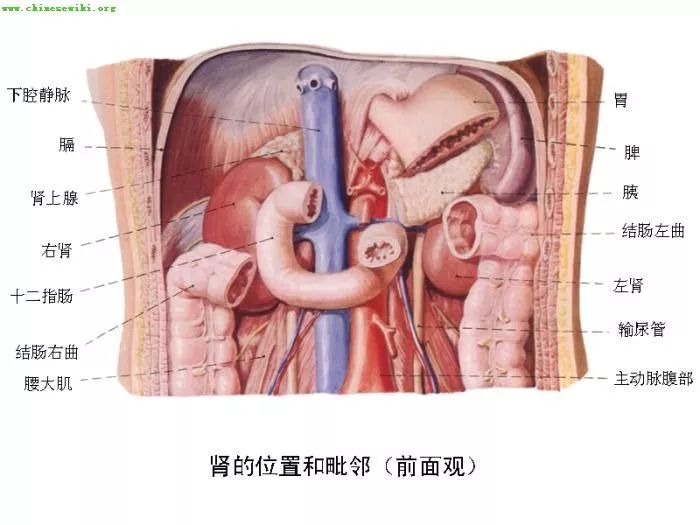 7. Position and Adjacent Structures of the Kidneys (Posterior View)
7. Position and Adjacent Structures of the Kidneys (Posterior View)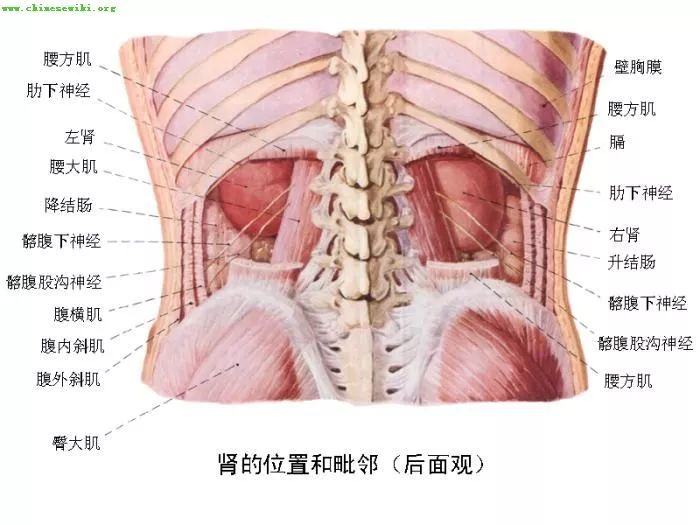 8. Overview of the Urinary and Reproductive Systems
8. Overview of the Urinary and Reproductive Systems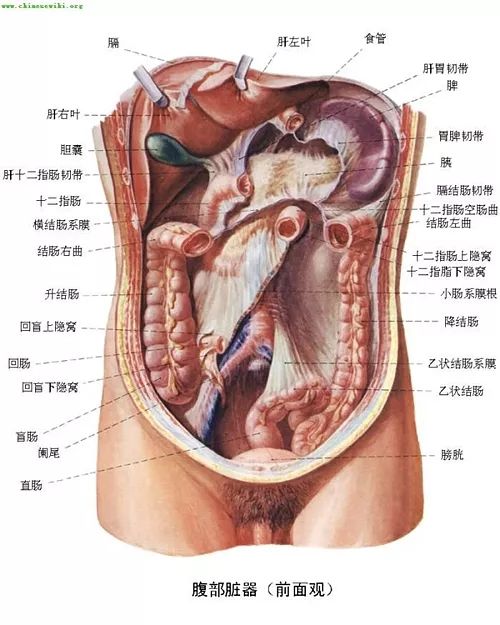
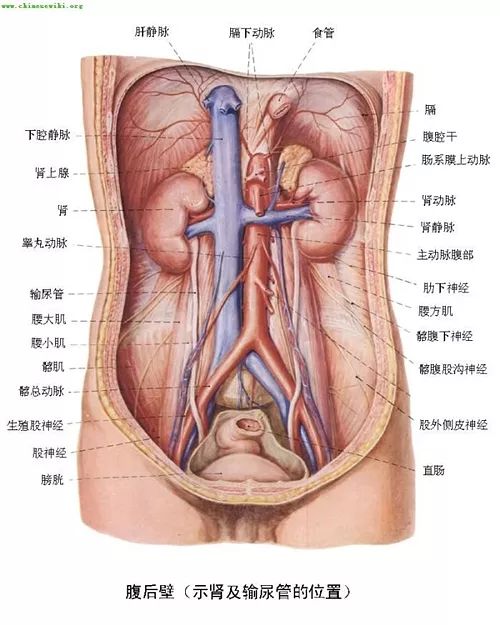
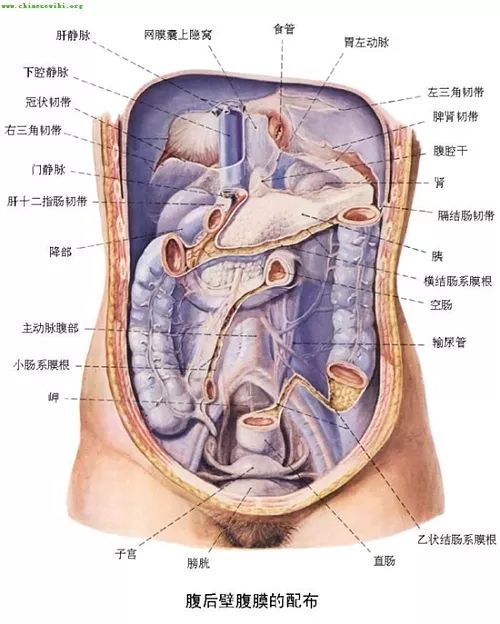
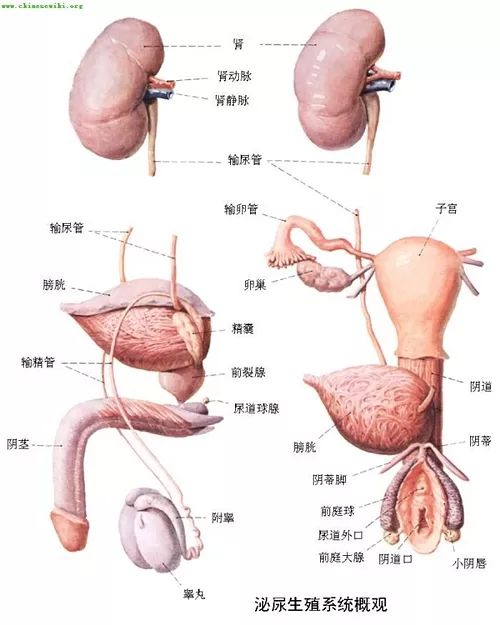
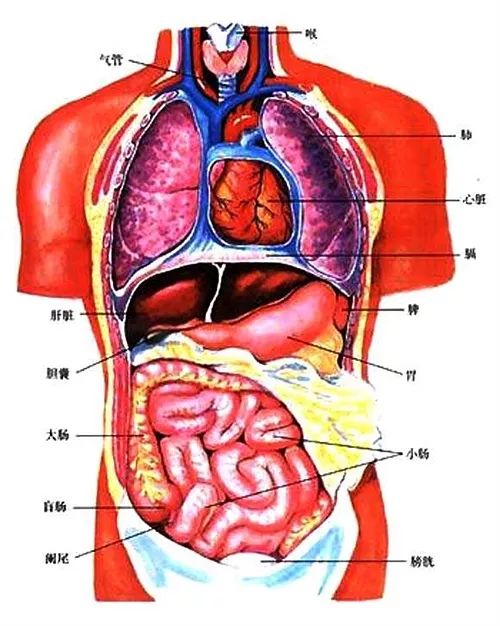

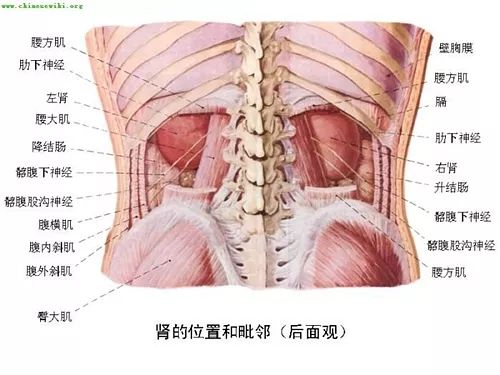


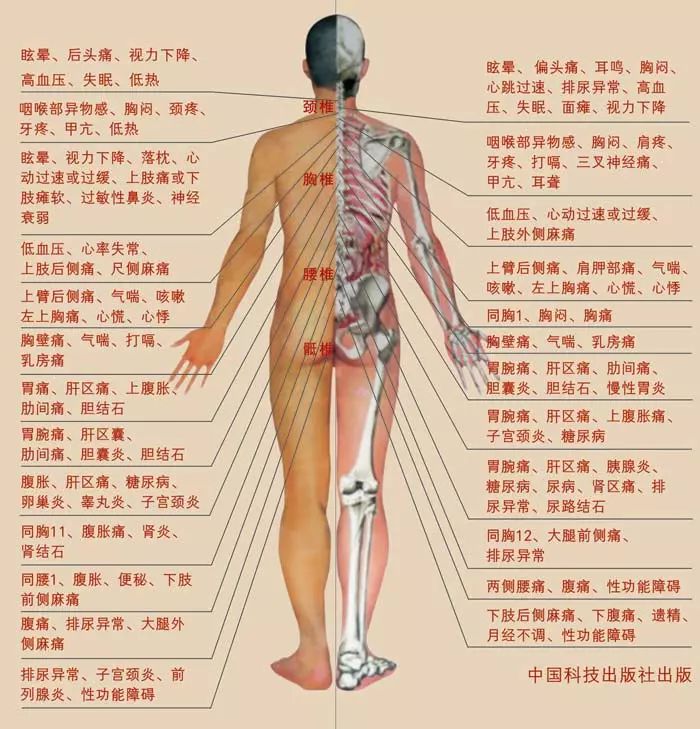
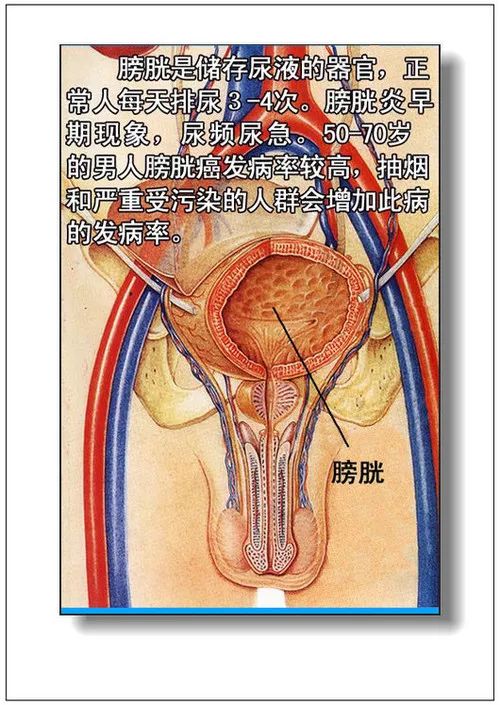
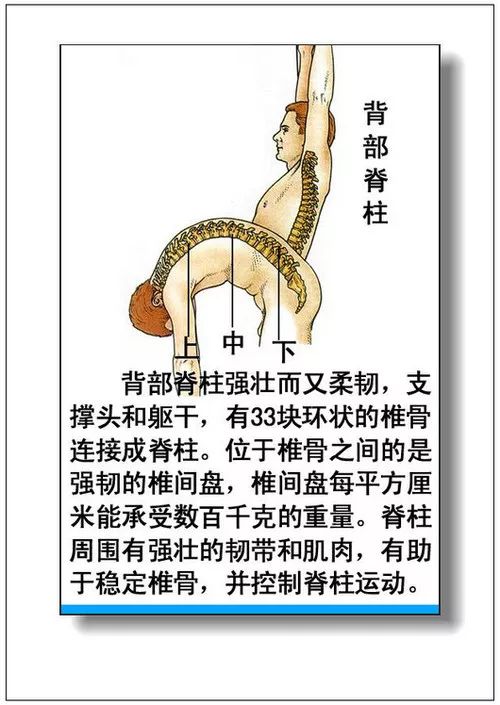
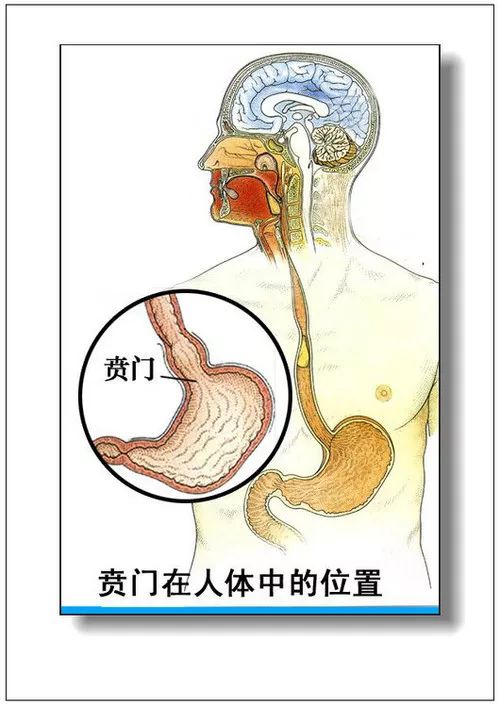
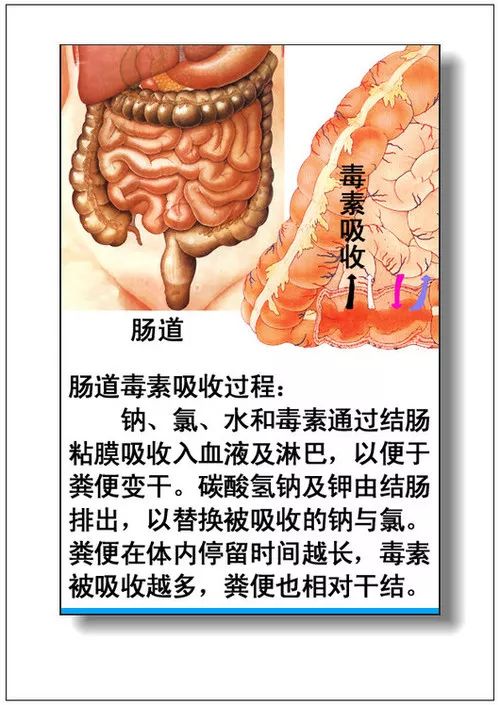
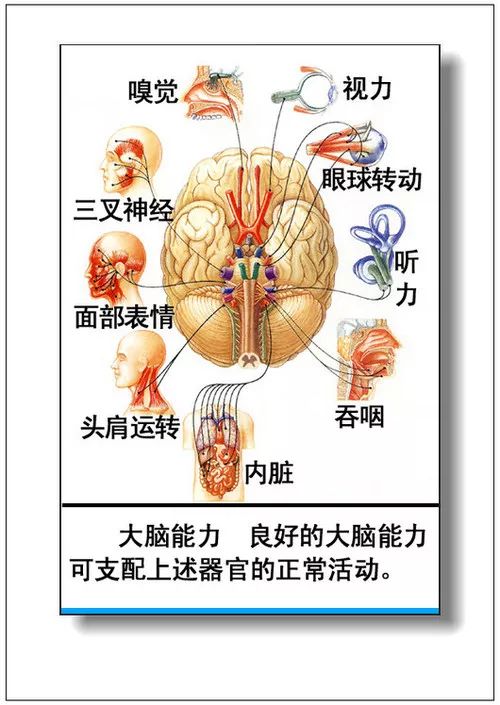
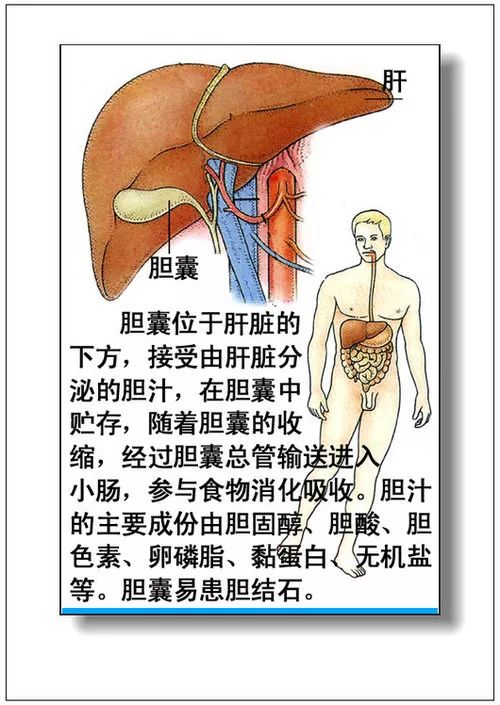
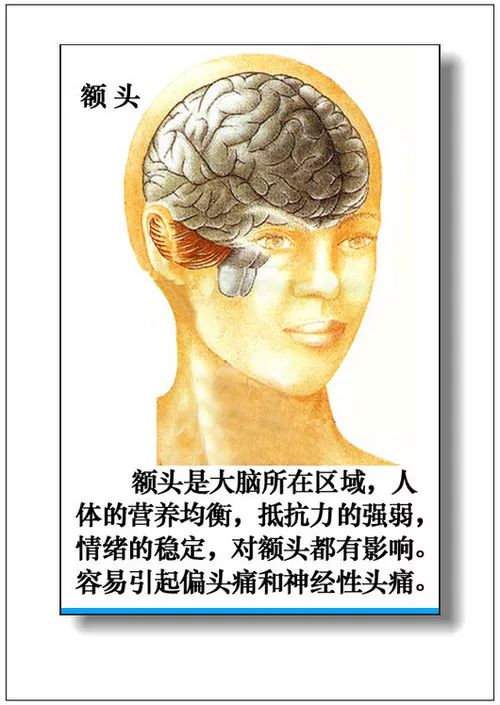
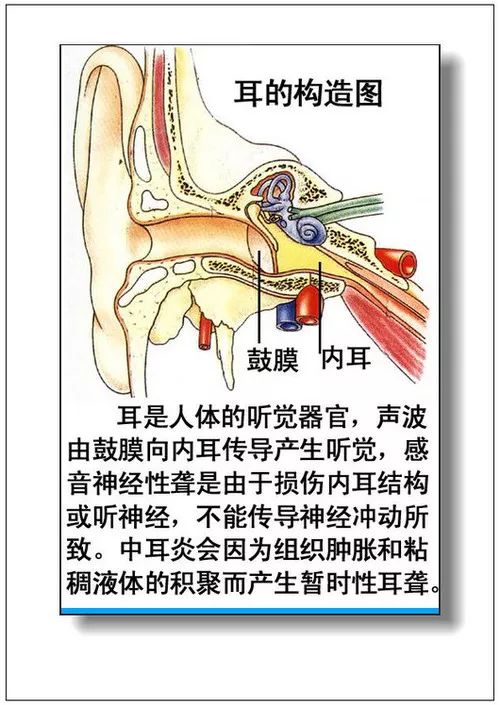
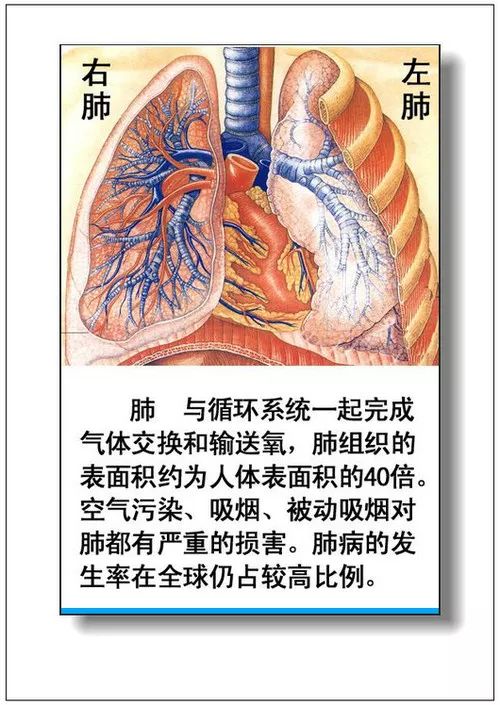

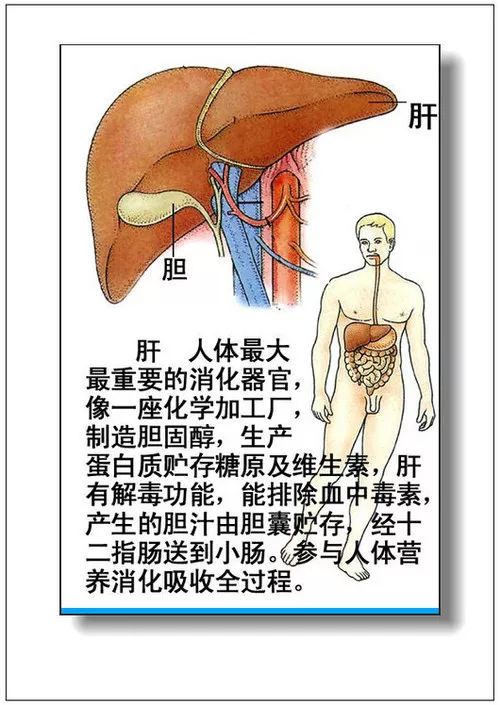
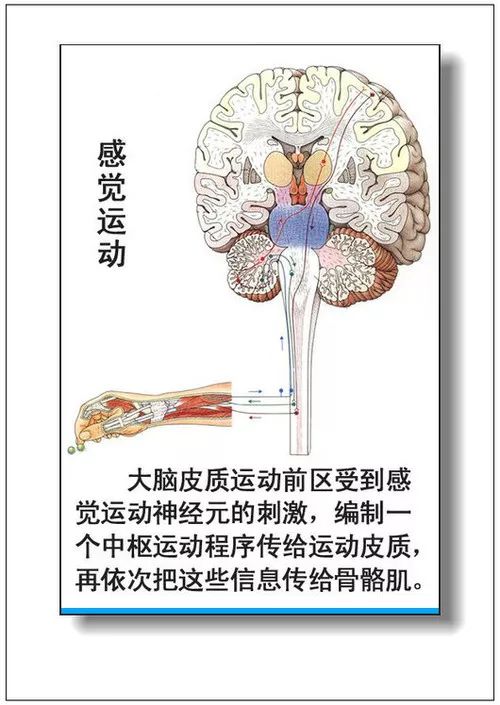

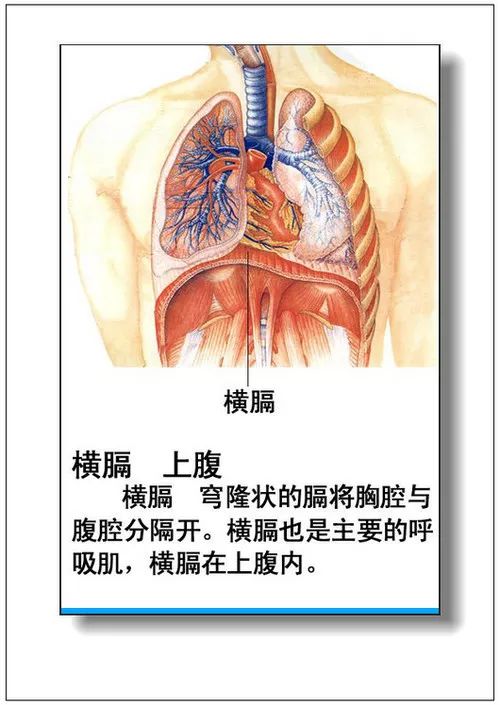
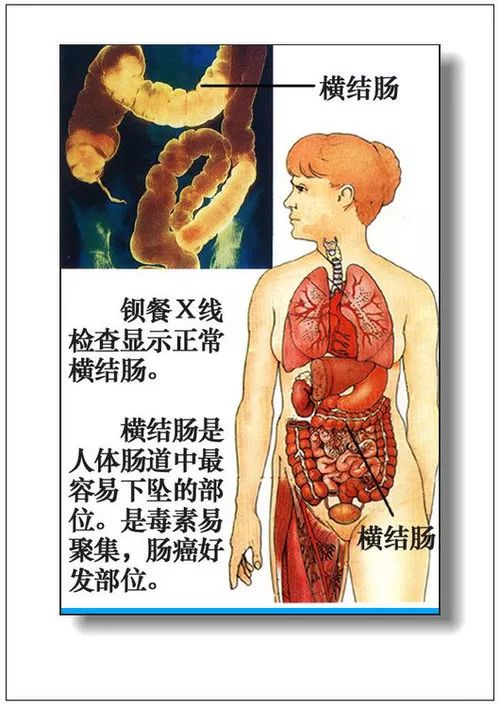
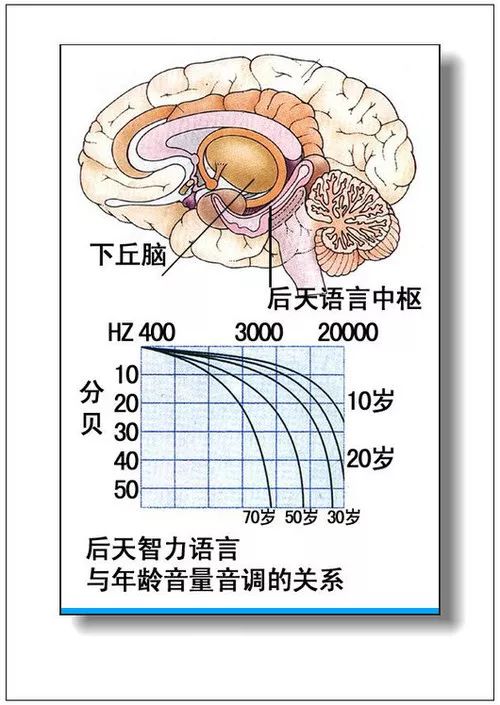
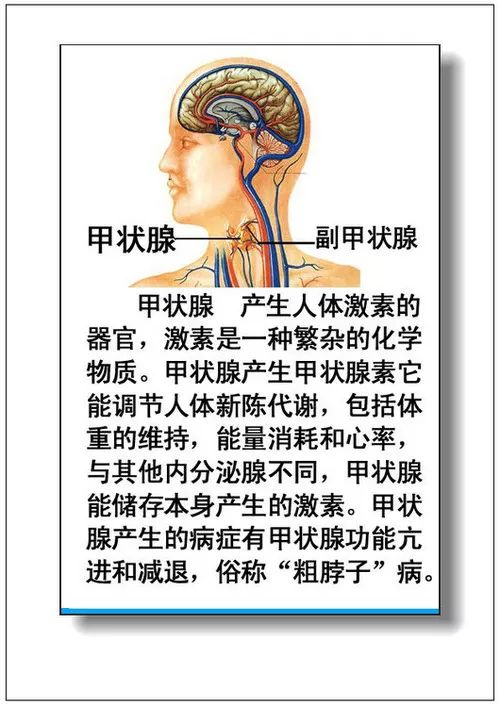
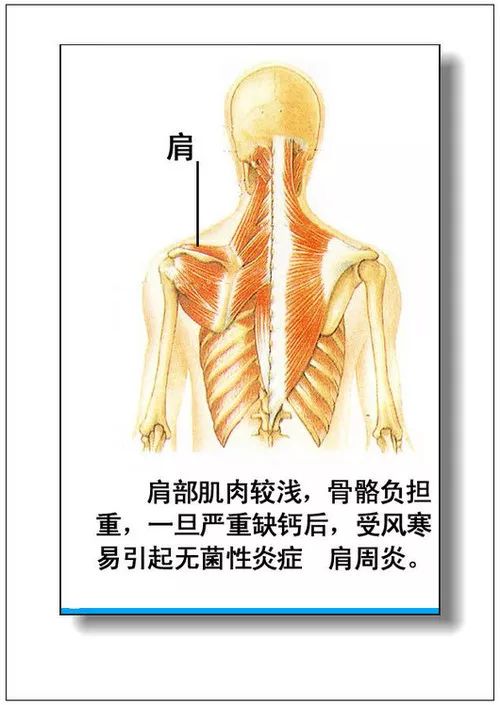
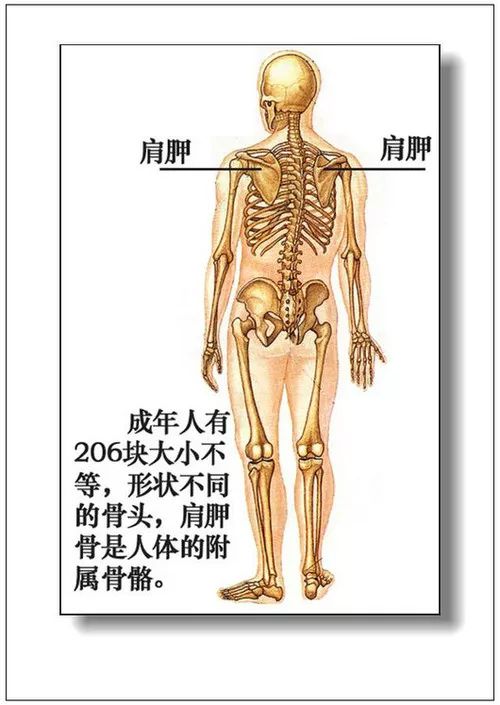

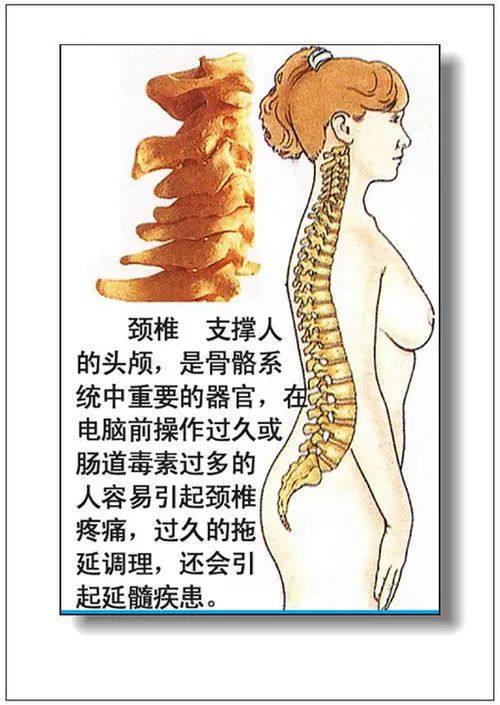
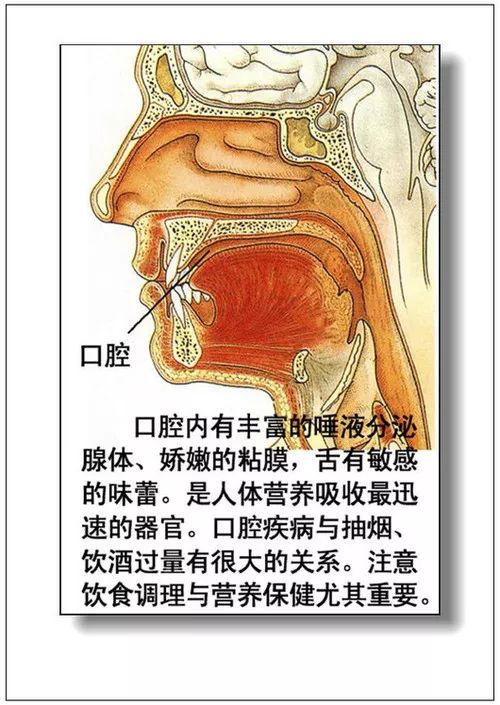
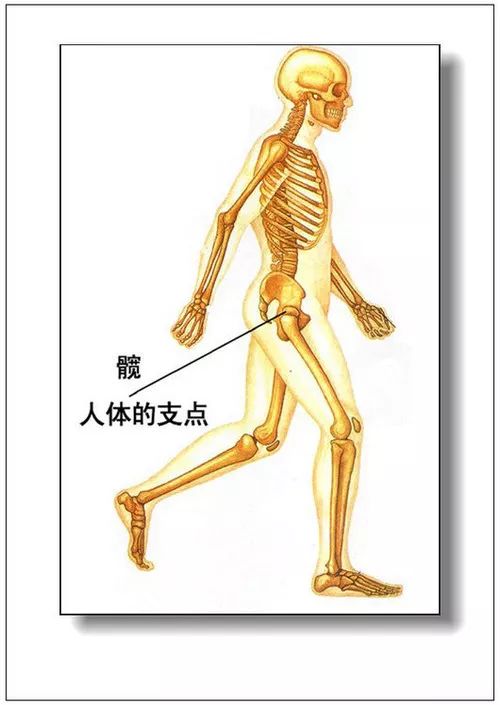
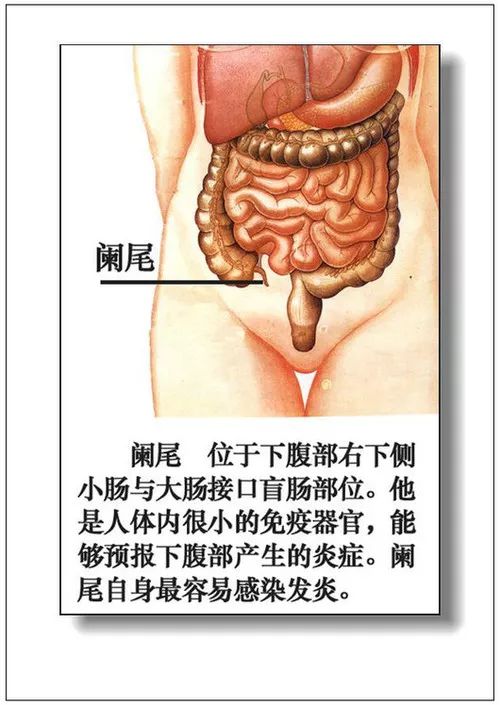
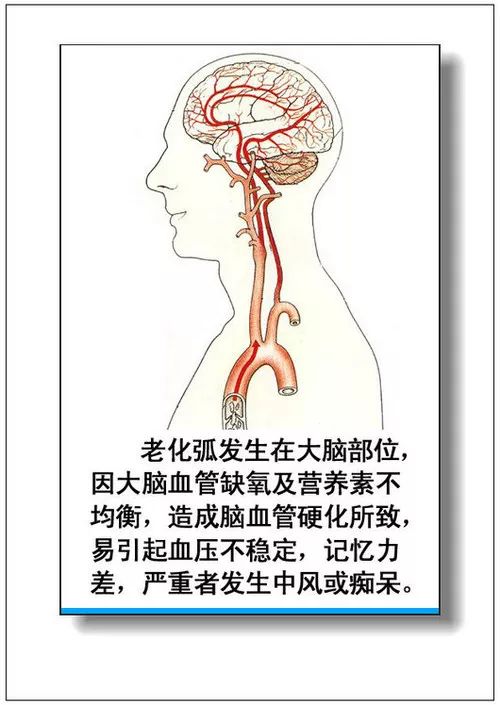
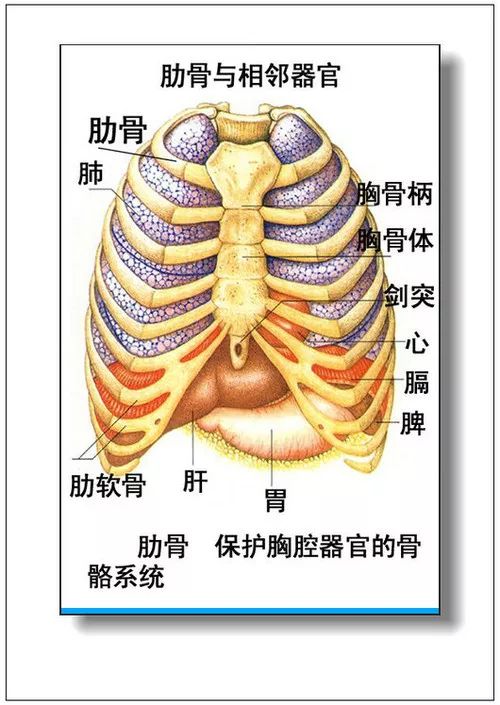
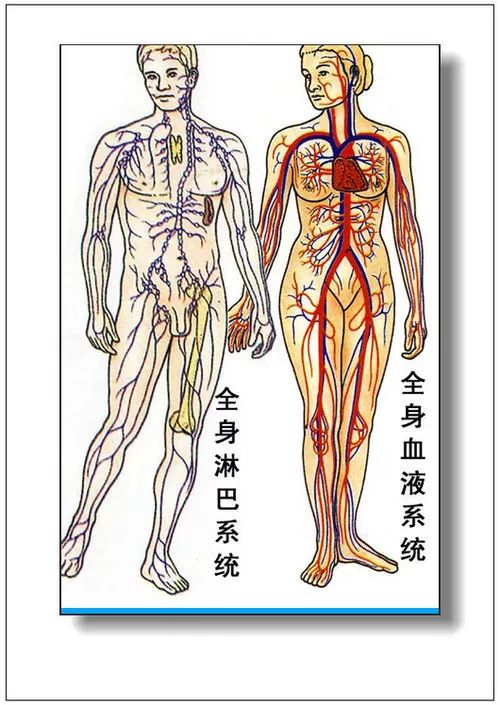
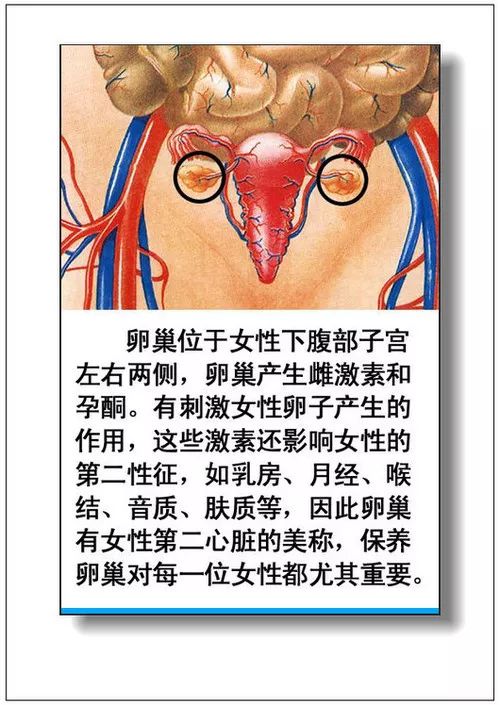
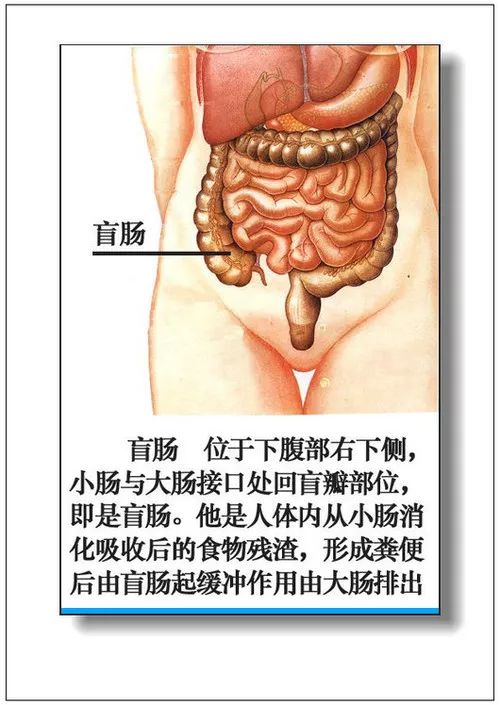
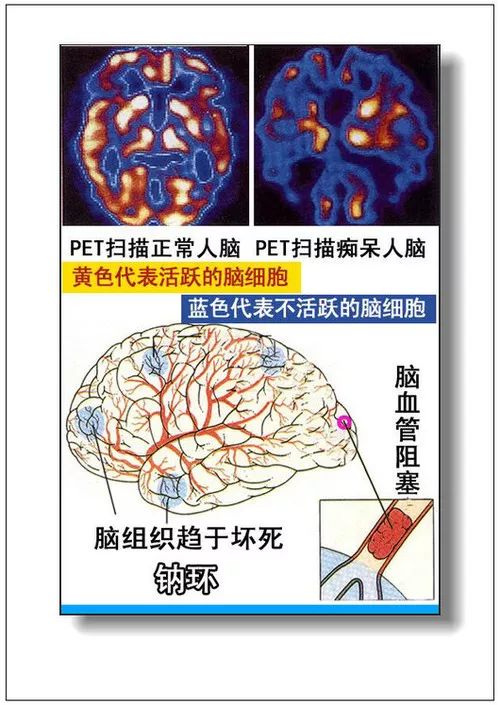
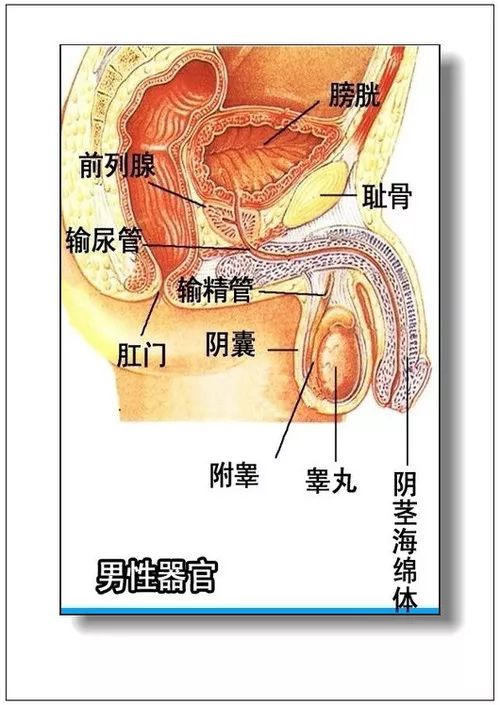
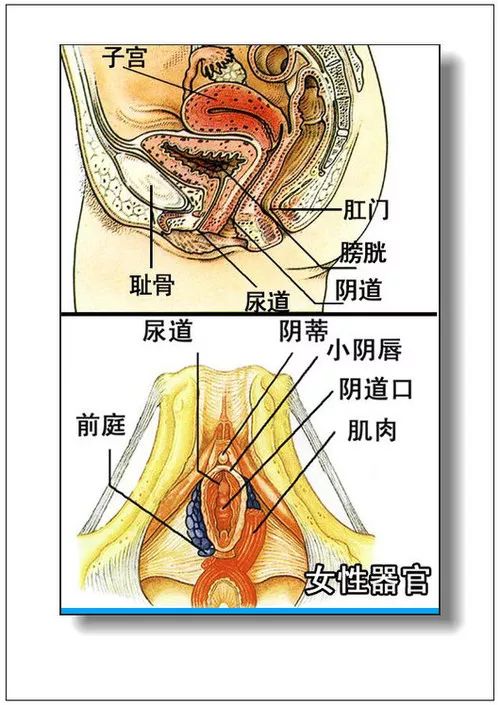
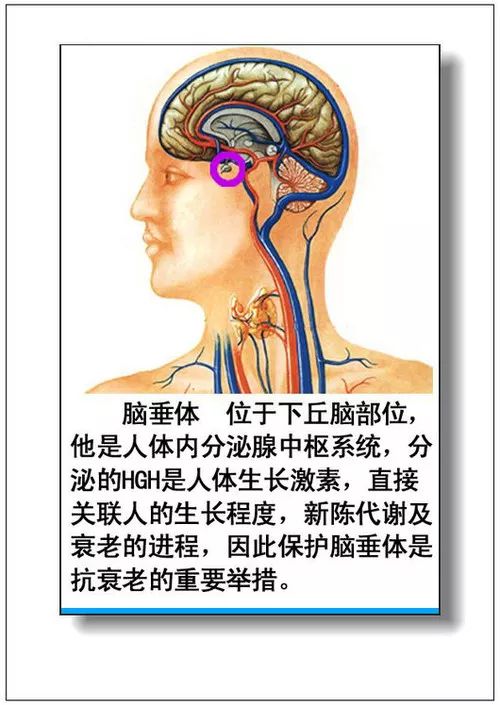
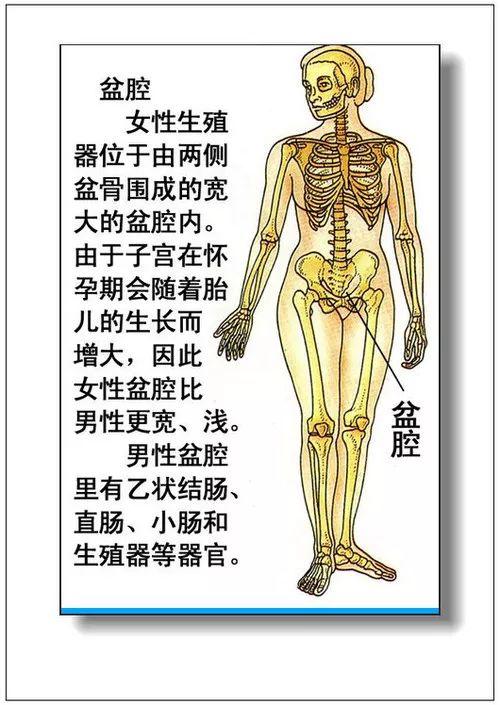
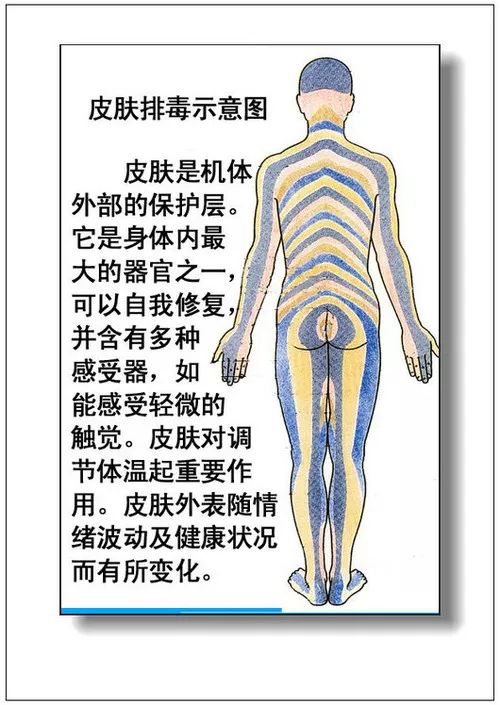
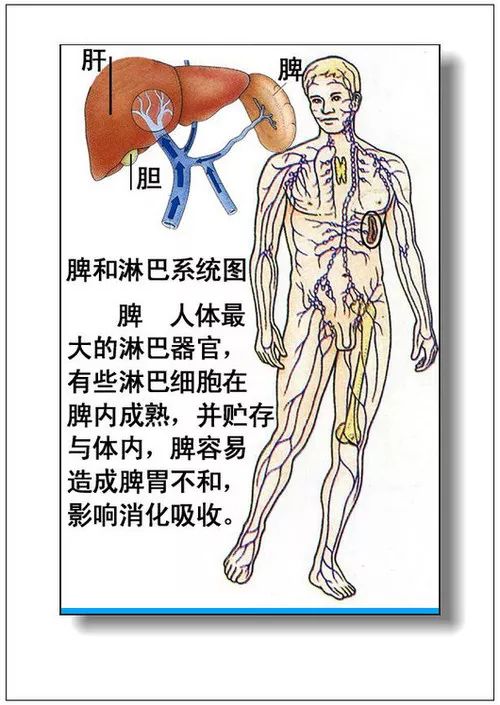
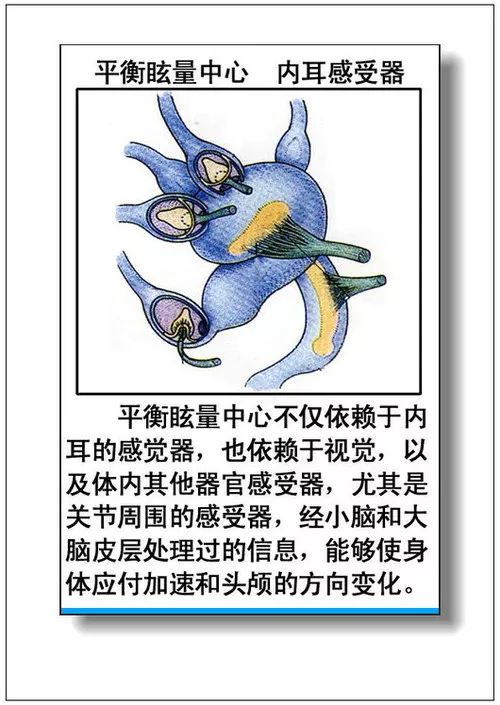
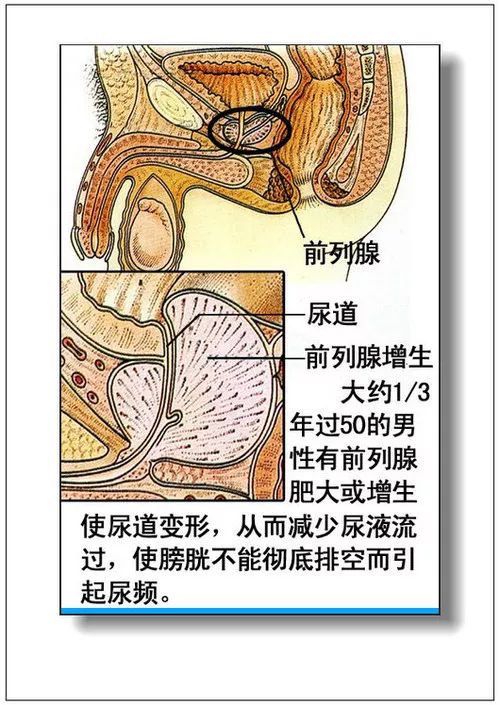
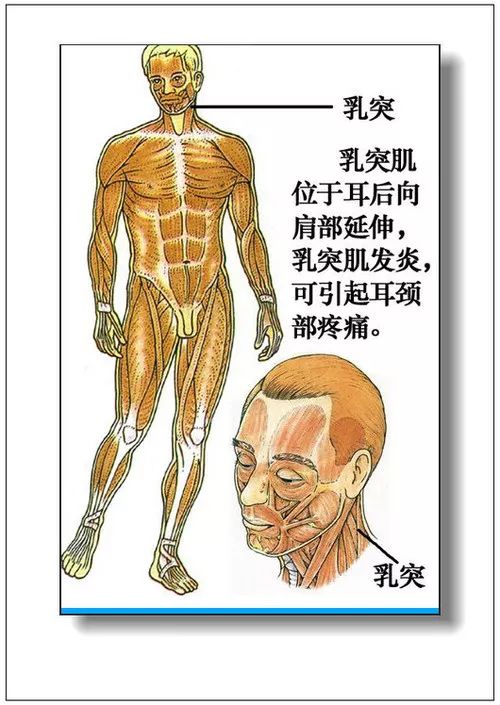
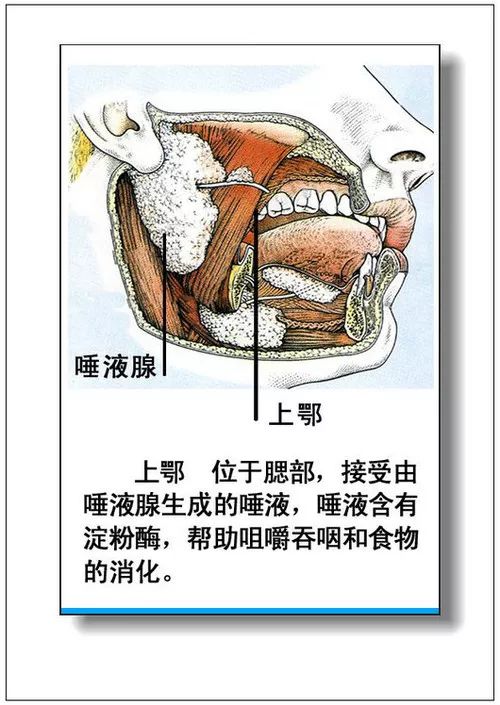

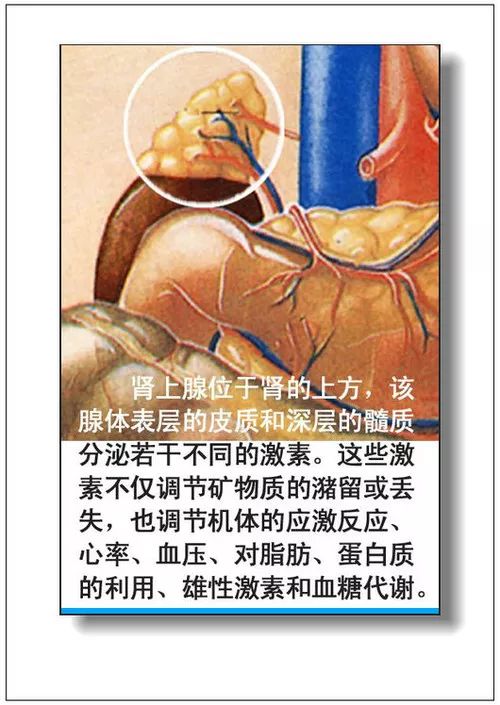
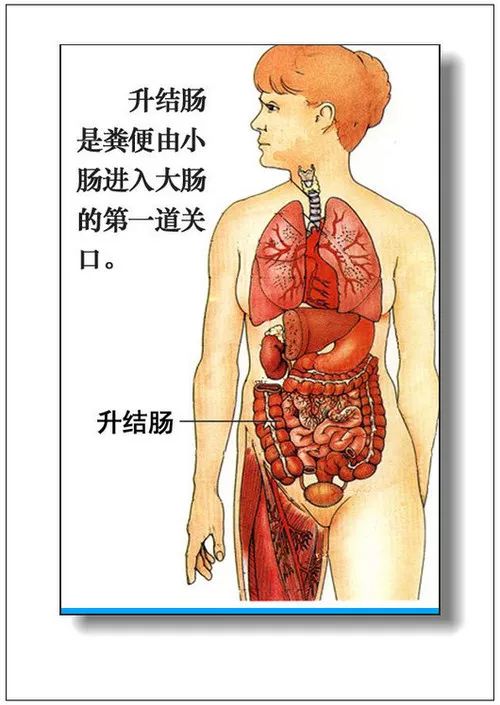
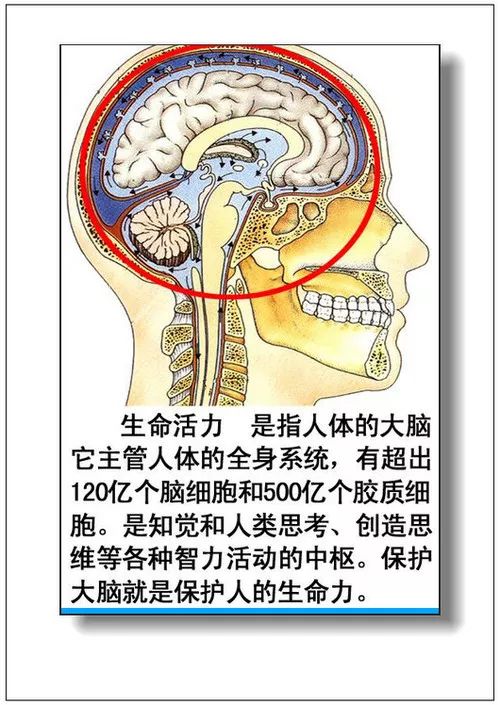
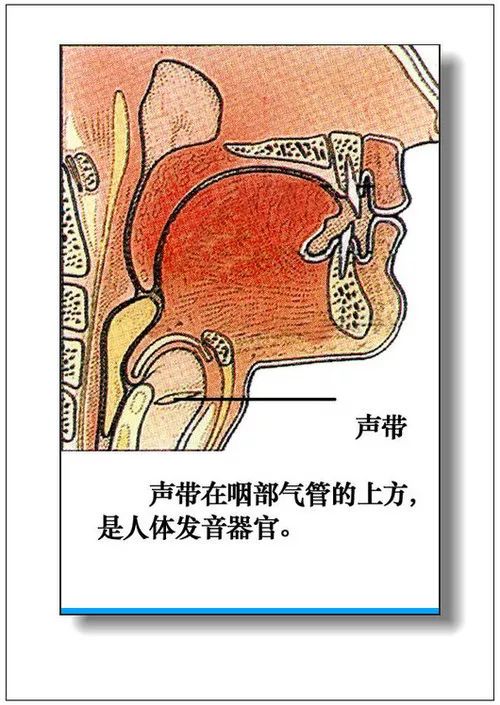
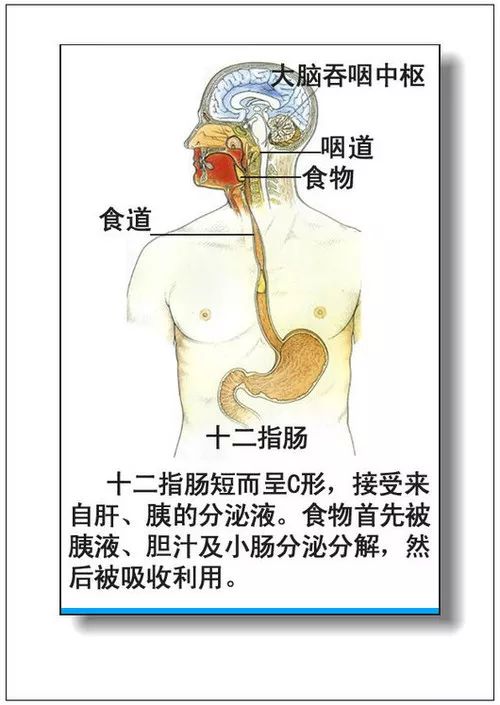
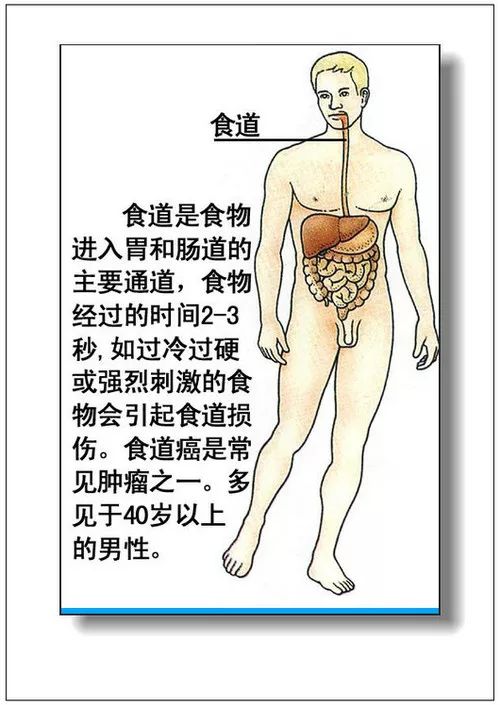
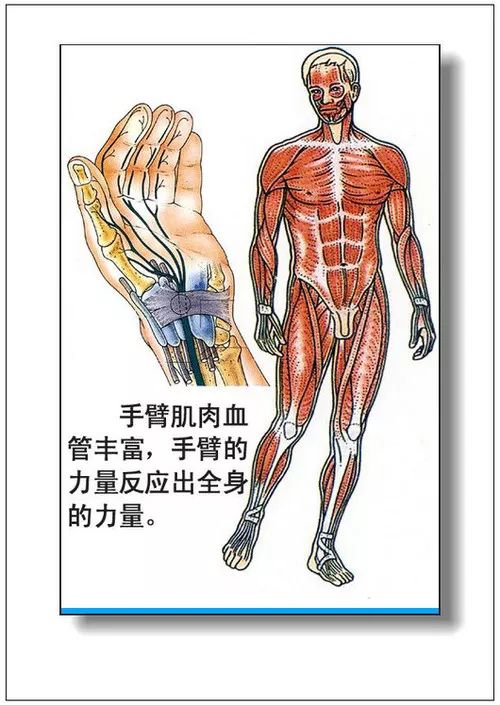
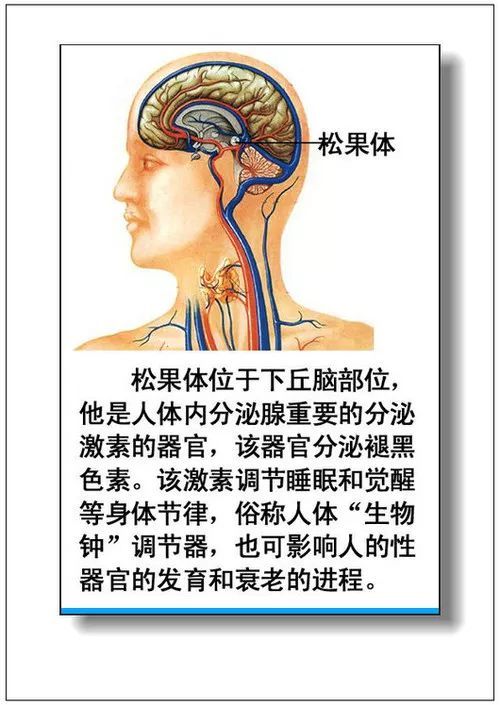
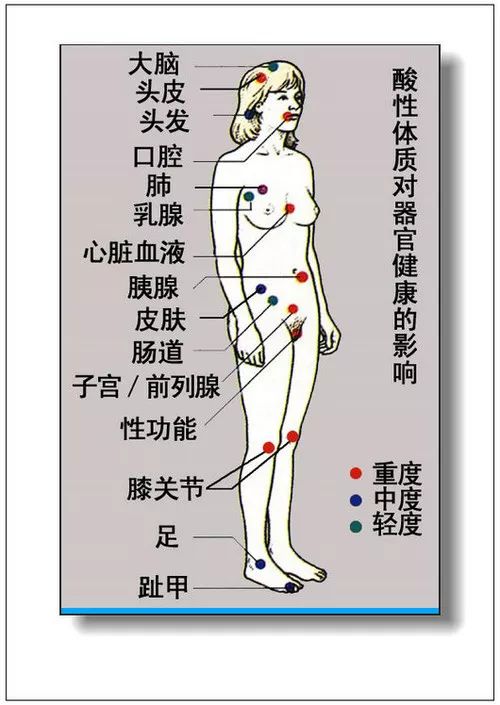
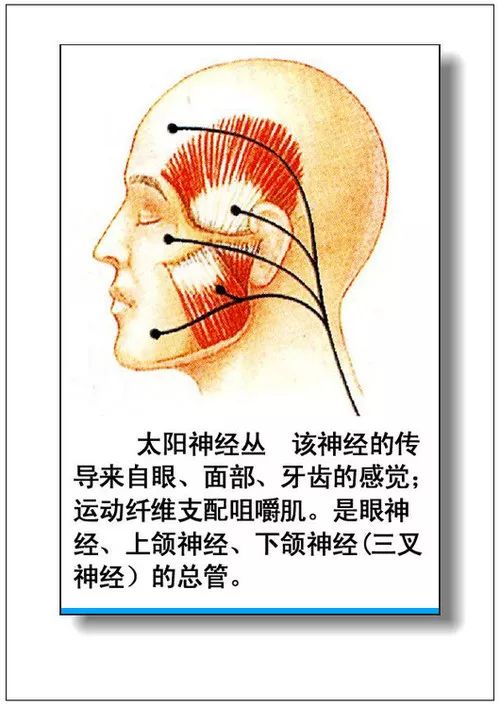
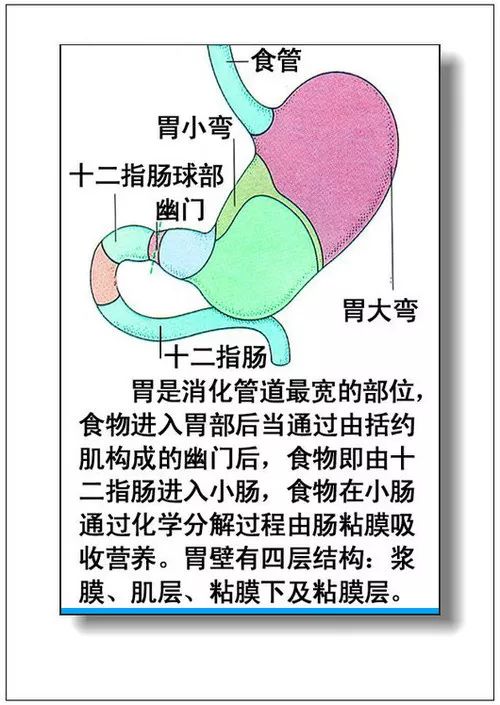
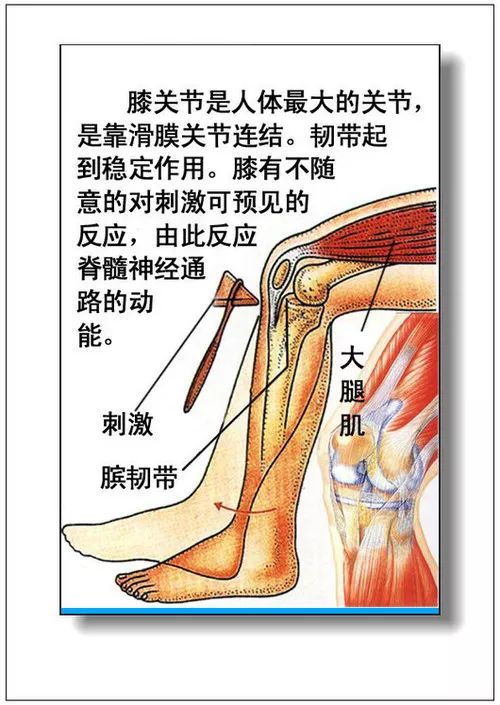
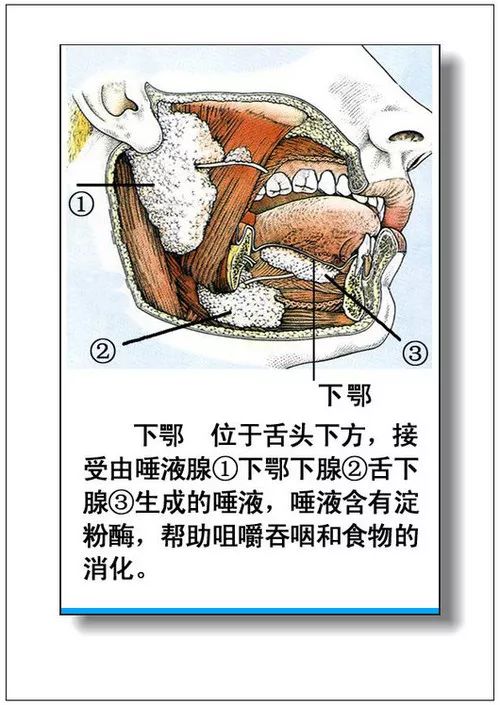
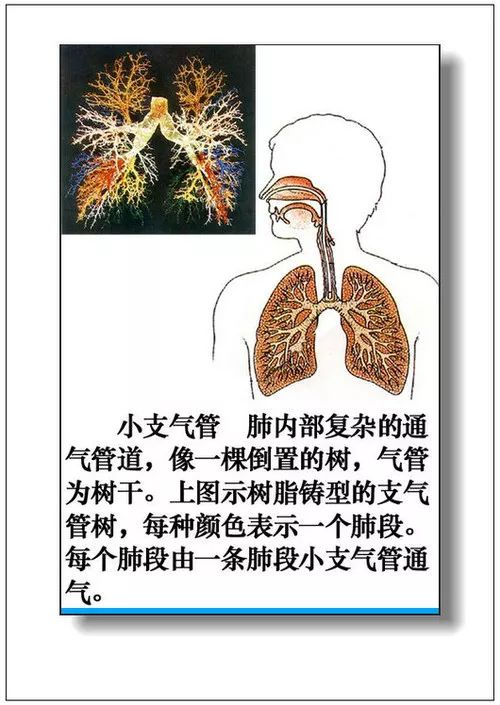
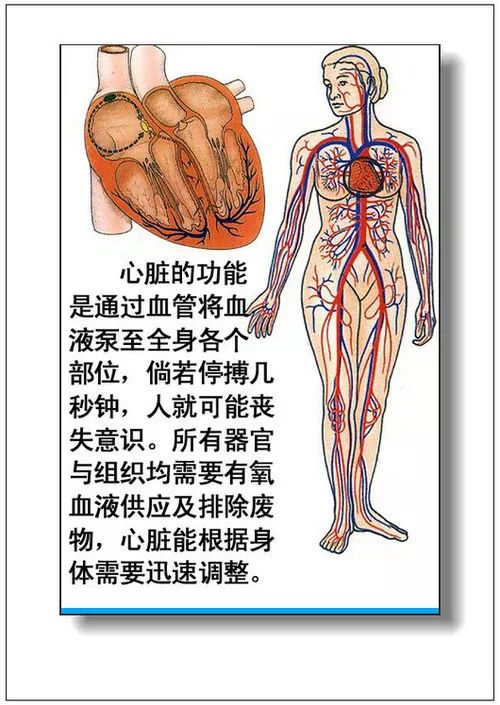
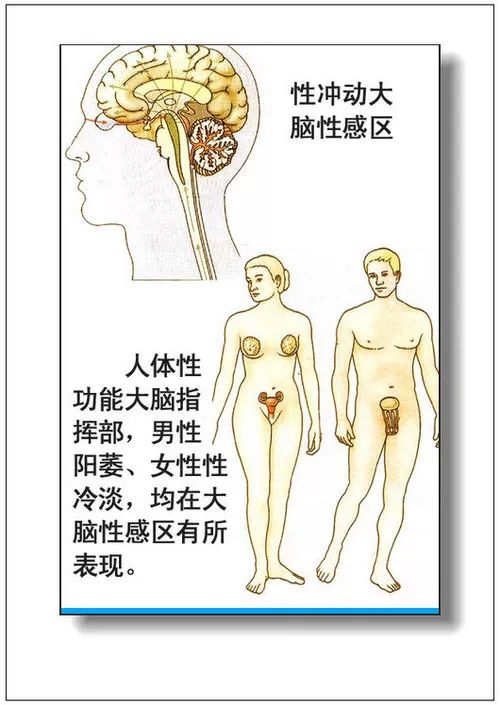
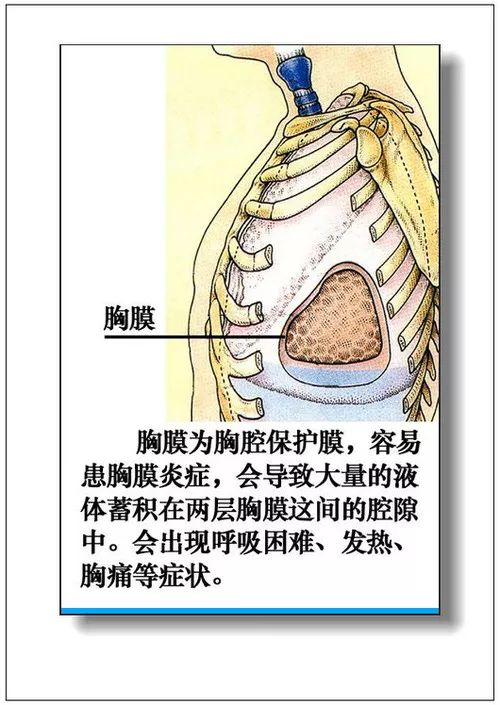
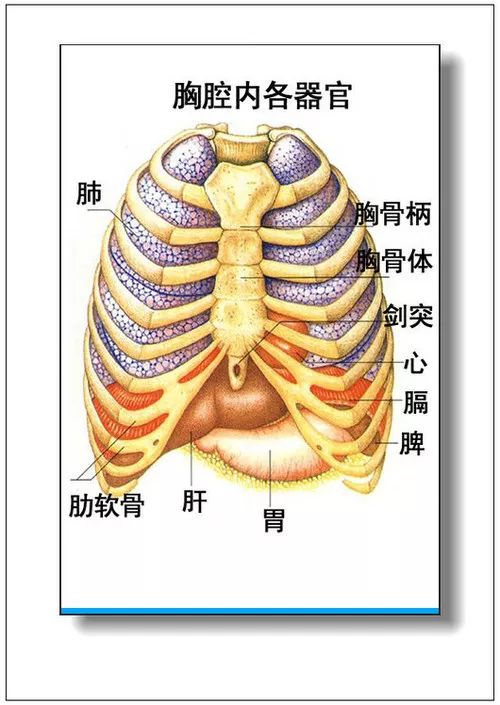
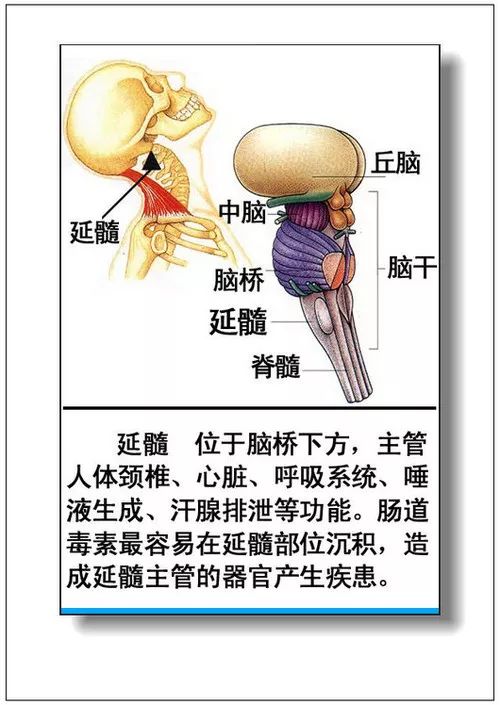
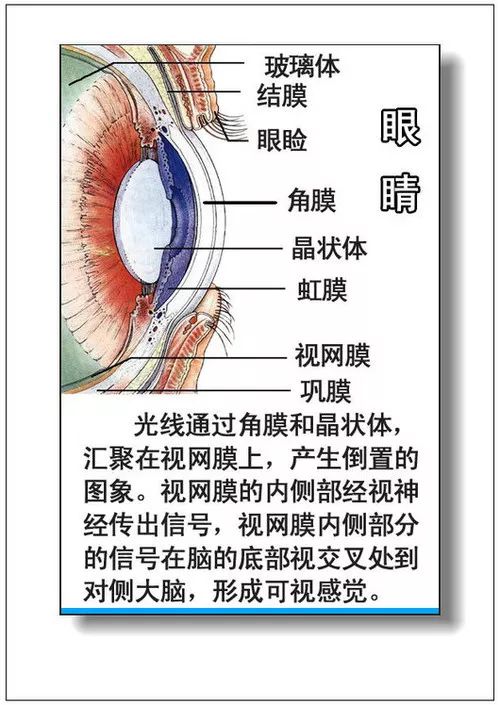
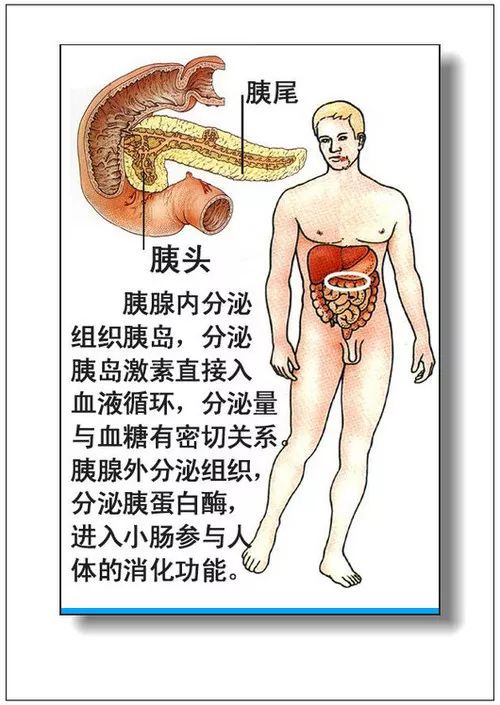
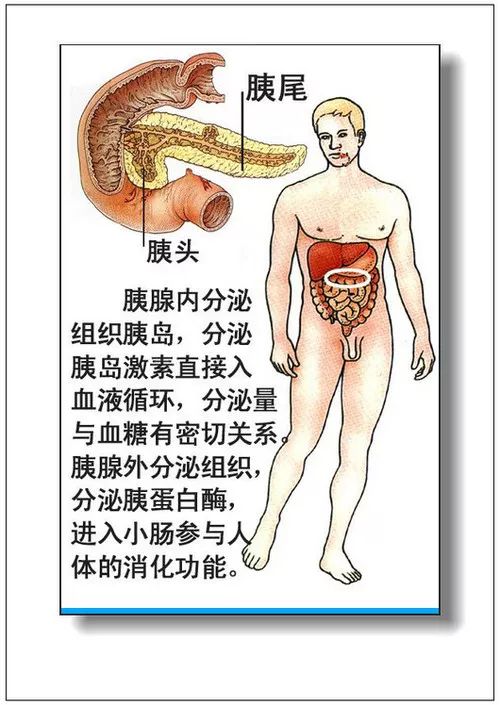
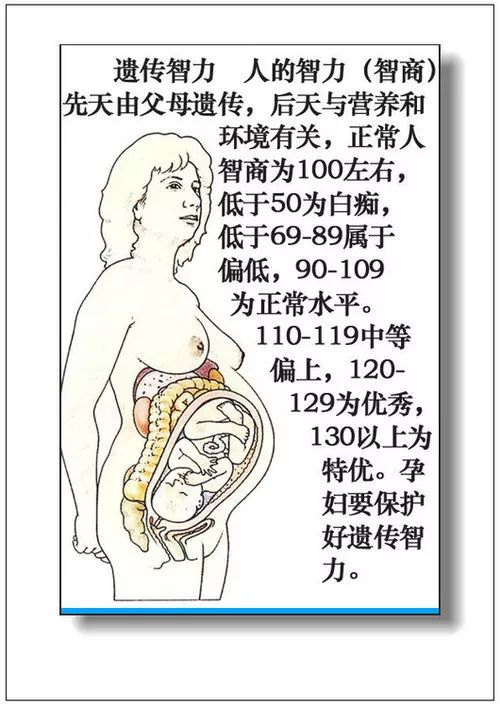
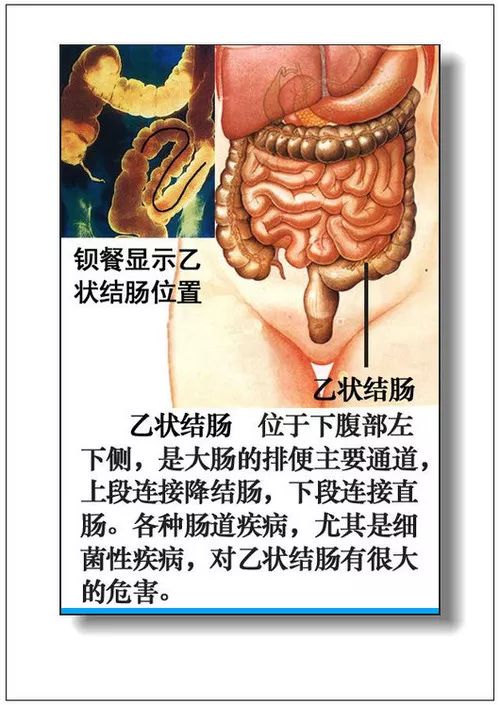
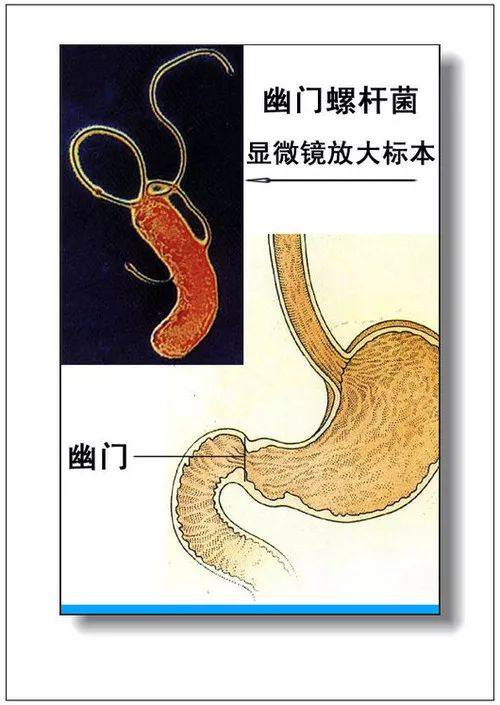
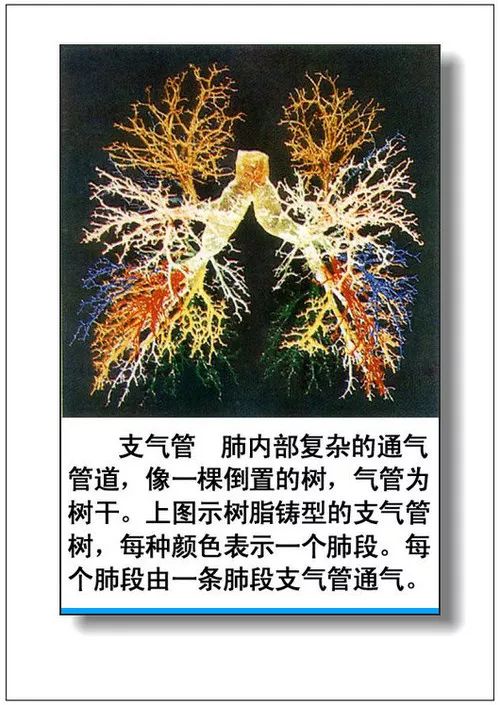

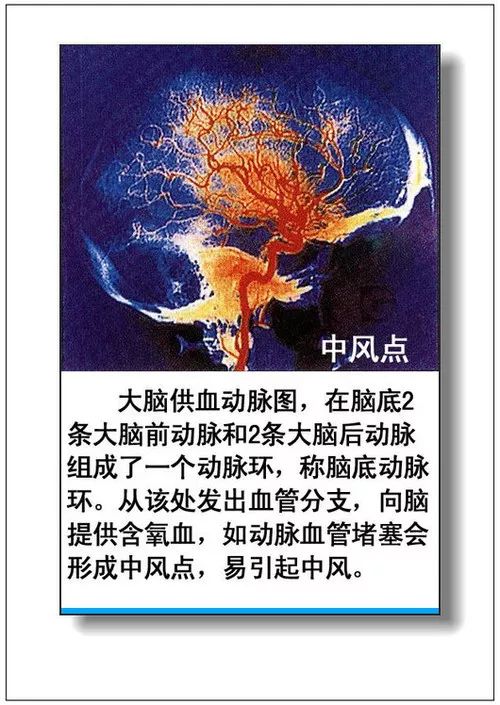

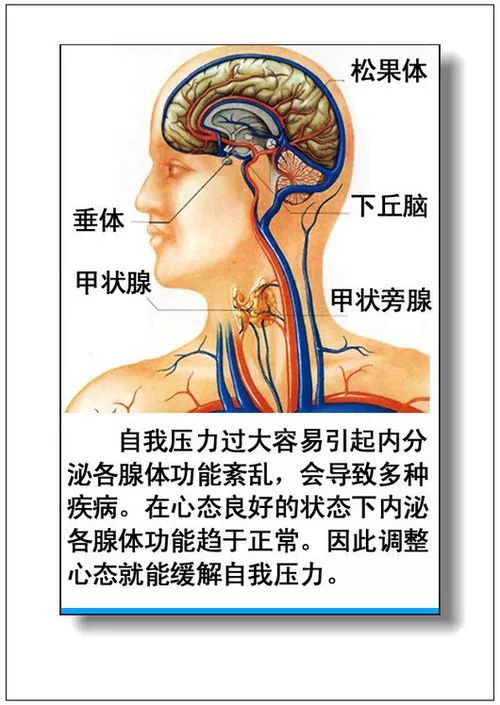

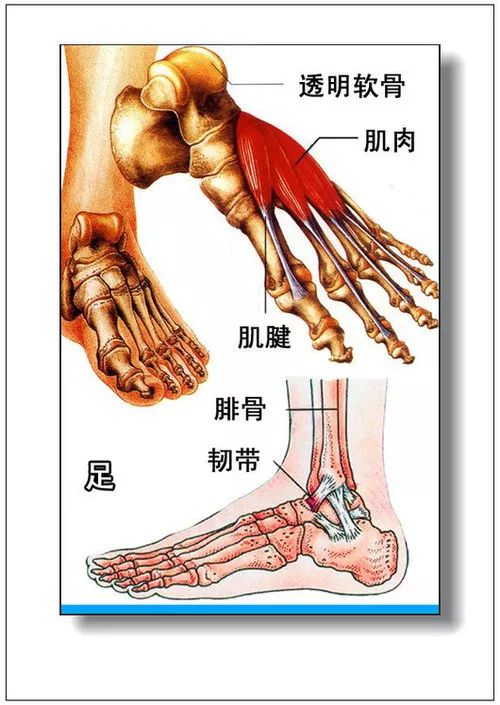
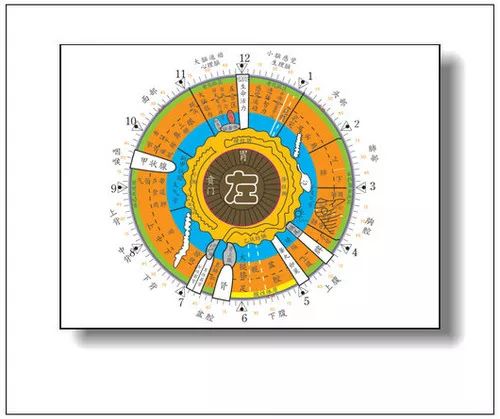
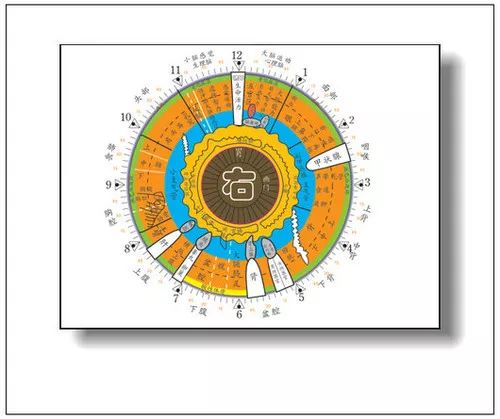 The human organs are structural units composed of various tissues that perform specific functions. The structural characteristics of organs are adapted to their functions. How much do you know about the organs in the human body? The following is a distribution map of the internal organs of the human body; let’s learn together! What does the distribution map of human internal organs look like? It may be difficult for an ordinary person to name all the internal organs of the human body, let alone draw a distribution map of them. Let’s take a look at the main distribution of the internal organs in the thoracic and abdominal cavities: liver (gan), gallbladder (dan), stomach (wei), kidneys (shen), small intestine (xiao chang), spleen (pi), rectum (zhichang), duodenum (shier zhang), pancreas (ying), ureters (shuyouguan), bladder (pang guang), uterus (zi gong), and other important organs.Organs are structural units composed of various tissues that perform specific functions. The structural characteristics of organs are adapted to their functions. We generally tend to notice some visually obvious organs that are concentrated in certain tissues, such as sensory organs like the eyes, ears, nose, and tongue, as well as internal organs like the heart (xin), liver (gan), lungs (fei), stomach (wei), and kidneys (shen). Many organs are often overlooked and not considered as organs, such as any skeletal muscle or skin.
The human organs are structural units composed of various tissues that perform specific functions. The structural characteristics of organs are adapted to their functions. How much do you know about the organs in the human body? The following is a distribution map of the internal organs of the human body; let’s learn together! What does the distribution map of human internal organs look like? It may be difficult for an ordinary person to name all the internal organs of the human body, let alone draw a distribution map of them. Let’s take a look at the main distribution of the internal organs in the thoracic and abdominal cavities: liver (gan), gallbladder (dan), stomach (wei), kidneys (shen), small intestine (xiao chang), spleen (pi), rectum (zhichang), duodenum (shier zhang), pancreas (ying), ureters (shuyouguan), bladder (pang guang), uterus (zi gong), and other important organs.Organs are structural units composed of various tissues that perform specific functions. The structural characteristics of organs are adapted to their functions. We generally tend to notice some visually obvious organs that are concentrated in certain tissues, such as sensory organs like the eyes, ears, nose, and tongue, as well as internal organs like the heart (xin), liver (gan), lungs (fei), stomach (wei), and kidneys (shen). Many organs are often overlooked and not considered as organs, such as any skeletal muscle or skin.


